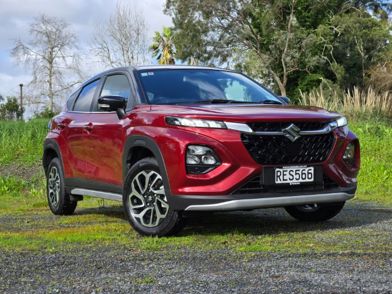Global electric vehicle (EV) leader BYD has announced the imminent launch of its second-generation Blade battery technology.
Spearheaded by BYD's battery subsidiary, FinDreams, this new battery variant is expected to hit the market as soon as August of this year.
The highlight of this advancement is the substantial increase in energy density, anticipated to reach 190Wh/kg, setting a new benchmark for lithium iron phosphate (LFP) batteries.
A leap in energy density

The Blade battery, first introduced by BYD in 2020, has been a pivotal development in the EV market.
It challenged the dominance of nickel cobalt manganese (NCM) batteries by significantly enhancing the power density of more cost-effective LFP batteries.
This was achieved through a unique configuration that arranges individual cells in a 'blade-like' manner within the battery packs, optimising space utilisation by 50 per cent compared to traditional LFP batteries.
Originally, the blade battery boasted an energy density of 140Wh/kg, but BYD has improved that figure slightly to 150Wh/kg.
BYD Chairman Wang Chuanfu reportedly had some information to share during a recent meeting. Wang stated, "The second-generation blade battery will have a smaller size and lighter weight for the same endurance, and that power consumption will be reduced per 100 kilometres."
Setting new milestones in EV range

Some have speculated that the enhanced Blade battery could enable all-electric models to surpass 1000km of range - albeit under the CLTC standard, which tends to be less stringent than the global WLTP cycle.
In any case, such performance would place these models in direct competition with solid-state and semi-solid-state batteries, currently being advanced by other Chinese firms.
Achieving over 190Wh/kg in energy density would position the next-gen Blade battery as the highest-performing LFP battery on the market.
One of the tech's most touted benefits is its safety, and BYD has emphasised this aspect by showcasing the battery's resistance to nail penetration tests - a scenario where an NCM battery typically bursts into flames, whereas the Blade battery remains stable.
Battery revolution

The advent of the second-gen Blade battery is poised to make EVs more affordable.
With its smaller and lighter design, the battery not only reduces the vehicle's overall cost but also offers more space for occupants, aligning with BYD's mission to reach price parity with combustion-engine cars.
On a related note, BYD's upcoming fifth-gen DM-i plug-in hybrid (PHEV) system also stands to benefit from the latest Blade batteries.
BYD is currently on a mission to bring PHEVs with a combined fuel and electric range of nearly 2000km, and with the new Blade battery launching soon, things are starting to take shape.





